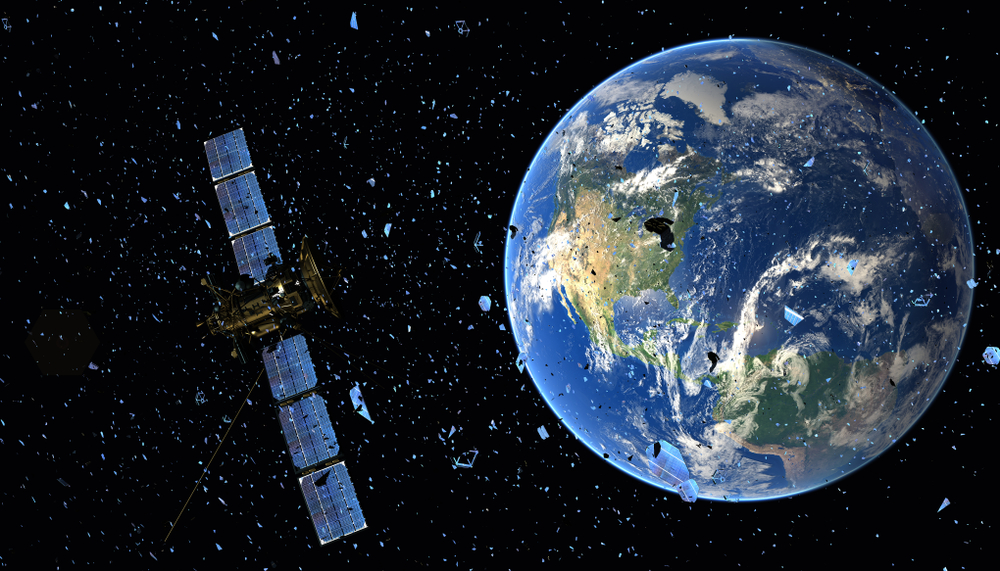As space junk poses a threat to satellites, the International Space Station (ISS), and other orbital objects, Japan has begun developing international regulations for the removal of space debris.
By March 2026, the Japanese government will work with experts to develop a legal and procedural framework for the removal of space debris, including rocket fragments, depleted satellites and other objects.
The initiative aims to create global standards that help minimize the risk of orbital collisions and ensure sustainable use of the space.
The growing problem of space debris
There is an estimated 140 million space debris smaller than 1cm, and there are over 54,000 tracking objects that are currently orbiting Earth. Even small pieces can cause catastrophic damage to the satellite.
Active satellites that provide important services on Earth are at risk of collisions with other satellites and the vast amount of human remains in orbit around our planets.
In particular, an increase in launches by private companies such as SpaceX exacerbates the problem. There are over 6,000 satellites in the Starlink satellite sign alone, some of which could ultimately become debris.
Without regulations, this situation threatens the future of space exploration, increases the possibility of cascade effects (Kessler syndrome), collisions create more fragments, and the orbit cannot be used.
Therefore, it is important to promote responsible use of space through a combination of regulations, development of sustainability standards, technological advancements, space debris removal, and robust monitoring and tracking services.
Japan’s Space Debris Removal Strategy
The newly launched Japanese strategy focuses on the following areas to help remove active universe debris:
Identification of objects: Establishing procedures for obtaining debris data from owners – both governments and private organizations – Safe disposal: Development of mechanisms for removing objects from orbits Includes the possibility of international cooperation: Preparing proposals for discussion at the UN Committee on the peaceful use of outer space (copou) scheduled for 2026
Japan’s initiative aims to establish a unified international standard mandated for all space activity participants, including private companies. This is particularly relevant in light of the growth of commercial SpaceFlight, where players like SpaceX, Blue Origin, and Rocket Lab, launch hundreds of satellites each year.
Japan will present the rules proposed by the United Nations and lay the foundation for global cooperation on removing space debris. This may involve requiring satellite operators to incorporate Deorbit mechanisms (such as sails and tethers) into the design stage.
Other international initiatives
The new initiative is part of Japan’s ongoing space debris removal program. In 2020, Japan’s Aerospace Exploration Agency (JAXA) launched the Kounotori mission to test electrodynamic tethering technology for satellite glasses.
Additionally, Japanese startup Astroscale conducted a successful 2021 demonstration using ELSA-D satellites equipped with a magnetic system to capture simulated debris targets.
Other countries’ solutions include:
US: Scientists at Sandia National Laboratory in Albuquerque proposed using infrastructure sound sensors to track space debris and meteors, potentially improving orbital prediction. Europe: ESA is developing the ClearSpace-1 mission scheduled for 2026. This tests the capture of large fragments (vega rocket debris) using a robotic arm. China: In 2022, China is testing satellites with robotic arms for debris capture and is also developing laser systems to deflect small pieces.
Source link

